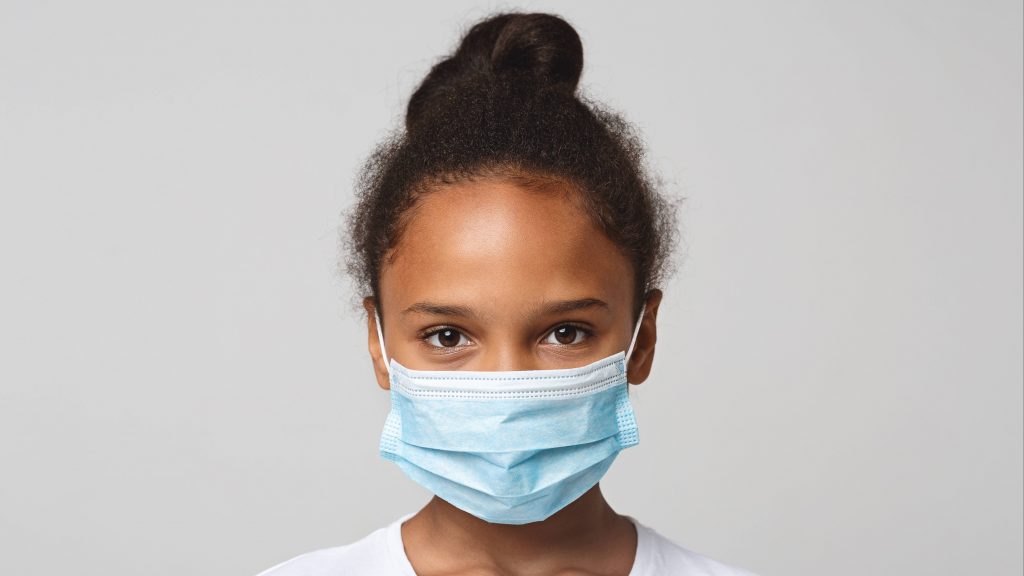
Several communities and populations are underserved by the U.S. health care system. There are many reasons for this, including differences in risk incidence, morbidity and mortality due to social, economic and structural factors. And the COVID-19 pandemic has further exposed these health care inequities.
"The term health care equity actually implies justice and fairness, as well as intentional action," says Dr. Chyke Doubeni, director of Mayo Clinic's Center for Health Equity and Community Engagement Research. "So, as a matter of fact, inequities stem from injustices and failures to act. As a society, we have to address this. These are things that are fixable."
In this Mayo Clinic Q&A podcast, Dr. Doubeni discusses strategies to eliminate health care disparities in underserved populations and how Mayo Clinic is reaching out to communities.
Watch: Dr. Doubeni discusses health disparities and community engagement
For the safety of its patients, staff and visitors, Mayo Clinic has strict masking policies in place. Anyone shown without a mask was recorded prior to COVID-19 or in an area not designated for patient care, where social distancing and other safety protocols were followed.
Information in this post was accurate at the time of its posting. Due to the fluid nature of the COVID-19 pandemic, scientific understanding, along with guidelines and recommendations, may have changed since the original publication date.
For more information and all your COVID-19 coverage, go to the Mayo Clinic News Network and mayoclinic.org.







